Art School Confidential
We commissioned 18 artists to share honest reflections on art school, from the best bits to the hard lessons to alternative paths entirely. The result is a vivid snapshot of how artists learn, grow, and sustain their practice, well beyond any single institution.

Study room at Stony Island Art Bank, Chicago. Photo by Lucy Wright.
To coincide with our 'Back to School with Axis' season, we asked you to tell us about the best and worst parts of your art school experience—or whether you didn't go at all. Here's what you told us!
=====
LAURA LULIKA
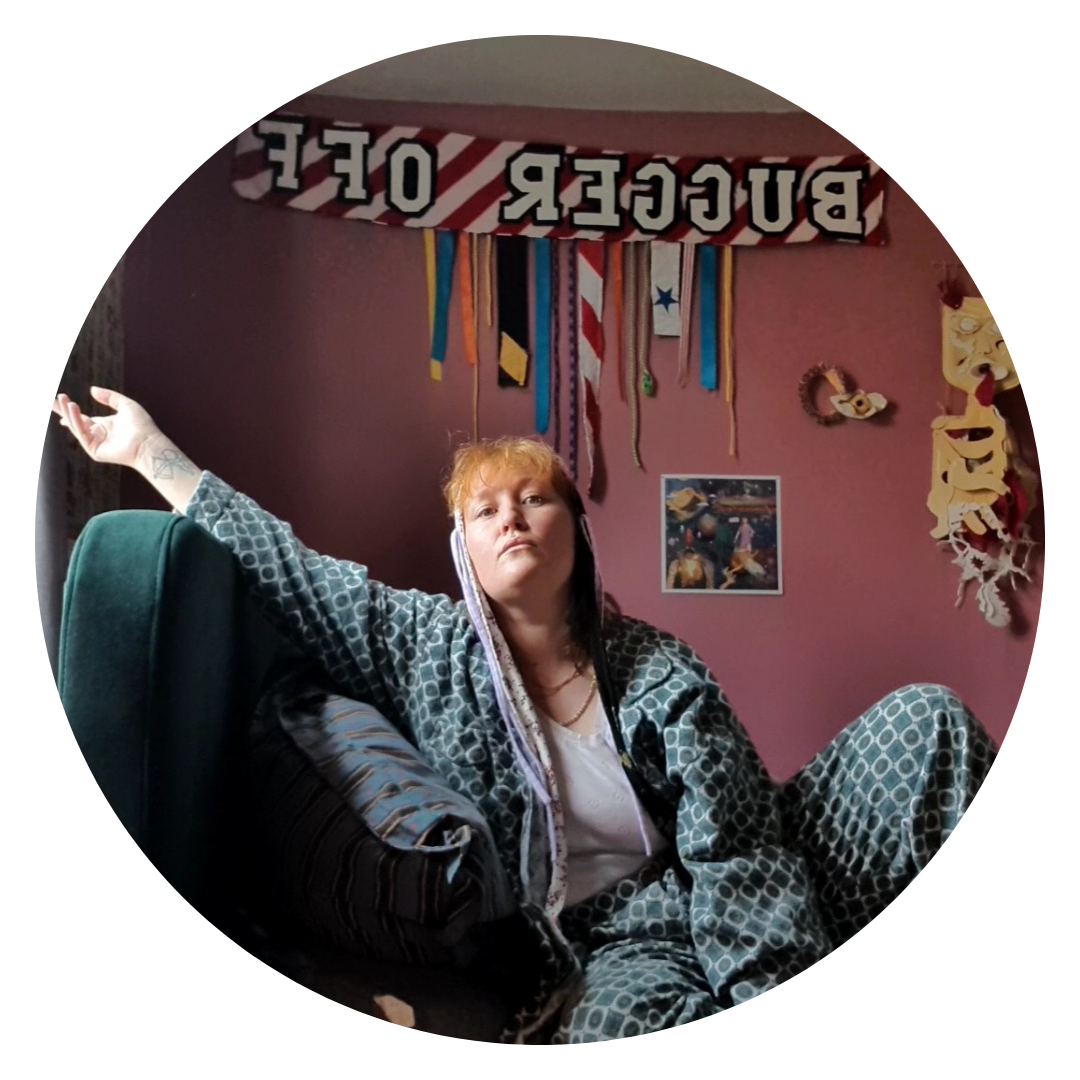
E with an empty mouth, baby teeth all gone, looks up at me and says, ‘Can you come up the road with me? There's something bad up there.’
As we start to walk up the road he says to me. ‘It's really bad, can you come and look. It's a cat and it's bad.’
So I say, ‘Is it a dead cat E? If it is, I don't need to see it.’
The other kids scream at the idea that E has led me and my three year old up the road to see a dead cat. We turn back.
One of E's sisters decides she wants to see it. It's inside a piece of fly tipped rubbish. A drawer or box with no bottom, concealing it from view unless you go close. The kids tell me the rubbish was left there by their mate’s mum but they don't think that she killed the cat. E and his sister peer through their fingers and creep towards it. They look quickly and run back screeching. The rest of the kids look up from their colourful pavement chalk drawings of flowers and hearts and that everlasting cultural icon, the ‘cool S’.
They all jump up and run and scooter and cycle over to fly-tip corner. Some go close, half hiding behind their hands, squealing and jumping back, they’re repulsed and laughing simultaneously. They return to report on what they saw.
‘I just saw flies’ one says. The other gives a graphic description, ‘the body is flattened and so is the head, the teeth are popping out its face like this’ she shows me with her hands gnarled. ‘It looks like someone burnt it’ another speculates. ‘No, it's definitely been run over’ says another. One kid draws the dead cat in thick purple chalk on my wall while explaining all the gory details of its squashed and decomposing body with its teeth busting out its head. Two teenagers spot it as they walk past and we watch their reaction from a distance. Their hands over their mouths in shock. They film it on their phones with their backs turned to it. They want to share it without witnessing it themselves. 'People in Leeds are searching for: Run over cat in Harehills' one kid imagines the TikTok notification.
More people catch on and gather to look at it. One neighbour comes out shouting, she thinks it's her cat. 'I daren’t even go near it mate!' she shouts nervously. After looking and confirming she announces, 'Whoever's done that is going to get done!' And she stomps back inside. I feel bad for her and the cat. 'She's such a Karen' one kid says to me rolling her eyes. We discuss how the cat is in a bottomless box. It can't be moved without touching it. One kid is annoyed because it's right where she plays football. 'We need to put a lid on it,’ she says.
Then after a pause she says, 'It's not really a cat any more, its spirit has floated out of its body'. 'Where has it floated to?' I ask. 'Well Heaven or Hell, that's what Christians believe. And normal people think something else.' 'Normal people?' I laugh. She laughs too and says 'I mean atheists and non-believers. They believe that when you die everything just goes black and it ends.'
'Yes some people probably do believe that. I think everyone has different feelings and ideas about what happens when we die.' I add.
'What do you think happens when we die?' she asks me.
'I believe in reincarnation' I say. She squints at me a bit so I add, '.. that we come back as something else'. 'How do you know that you've been alive before?' she asks. 'I've had waking dreams where I can see some past lives' I tell her. Her eyes widen. 'Does that mean you saw me before in another life?' she asks. 'Well, I don't know because you probably wouldn't look like you do now.'
Thinking about it later, I’m quite sure we have met before.
E interrupts asking if I've got any sweets. I bring out a bowl of drumstick lollies, the kids fill their pockets with them and it starts to rain. The kids scatter shouting bye, their mum’s heads bobbing out of doors and their voices echoing down the streets, shouting them in for tea.
This sums up what most of my days are like now if I can get out of bed. It's been a long time since I went to art school, about eleven years, and I rarely think about it. Which is strange because I went to art school for a really long time and it was intensive.
When I graduated from my Bachelors, I was unexpectedly and suddenly given the double-edged fortune of becoming the legal recipient of paternal bereavement benefits from the US. The benefits came with strict conditions that I would stay in full-time education until I was twenty five years old. They also came with an air of mystery, no direct contact for queries and my Mum’s persistent fear the benefits would be removed from us if I asked the wrong thing.
So, six straight years of art school it was. A blessing, a curse, an immense privilege, a torrent of ableism and classism, some occasional sweetness and nurturing, a waste of time or time that would have otherwise been more wasted. Or I would have been more wasted maybe.. never mind. No one taught me how to manage money or budgets, how to write an application or how to approach and interact with galleries. The art world was no less confusing by the time I’d finished and by the time I finished, I didn’t make any art. Or I didn’t think I did, not in the way that the artists I had studied did. Institutions inevitably hold a lot of stagnant energy and I was definitely too young in my own embodied knowledge to know how to release what I wish I hadn’t absorbed. But whether my lecturers liked it or not, I did slowly learn how to listen to my body and to work in my own rhythm, my own crip-time*.
Thinking about art school again I notice my whole body tensing up. Not because it was a completely horrible experience that I would never repeat or that I think no one else should do it. More because when you go to university, you commit to an institution and to commit to an institution as a marginalised person is to enter a perpetually uncomfortable exchange. When I think of my friends in academia, I have so much respect and compassion for the commitment they make, in dedication to their passions and craft, and to making the academic experiences of other students easier, more accessible. And of all the ways they resist the stagnant energy, the racism, classism and ableism so commonly perpetuated in these spaces.
One technique I use to release tension and pain in my body is to visualise I’m something else, a non-human entity works best for me, a sea slug, a bubble floating in the sky, a rock. What immediately springs to mind in this case is gardening with the neighbourhood kids, talking about the plants, the bugs, the compost. So perhaps if you’re feeling tense and uncomfortable, this technique might be useful for you too. Imagine yourself lying in a soft and warm aromatic bed of compost and that your body transforms into compost. You can’t control what gets thrown in the mix, food scraps, a bird shits a seed in you, worms wriggle through you, it rains or it doesn’t. Your density and porosity are constantly changing. Air might flow freely through you as you’re tossed and shaken or you might become a dense earthy clay that squelches and moulds into form. All of the ingredients are decomposing together, shuffling around to make some things, grow some things. Some things that grow from you will be leafy and juicy and lasting, they’ll bear fruit, and others will have the life sucked out of them by slugs and aphids. But the decomposing never stops and you can always return to that dark and fertile place, to return to yourself and your body and to alchemise again.
*crip-time theory outlines marginalised people’s relationship to time, specifically sick, disabled, mad and
neurodivergent people’s experience of non-linear and non-normative time. (Kafer 2016)
Laura Lulika is an artist and cultural worker based in Leeds. Their practice is informed by their experiences of being a disabled and neurodivergent parent and local community creative and gardener.
=====
ALASTAIR LEVY
The one thing that I wish I had been taught at art school is how to survive as an artist in the world after graduating. As an artist you are a one-person business and the sooner you realise this the greater freedom you can eventually achieve.
Alastair Levy received a Distinction MA in Photography with Research at Royal College of Art.
=====
LEE OAKLEY
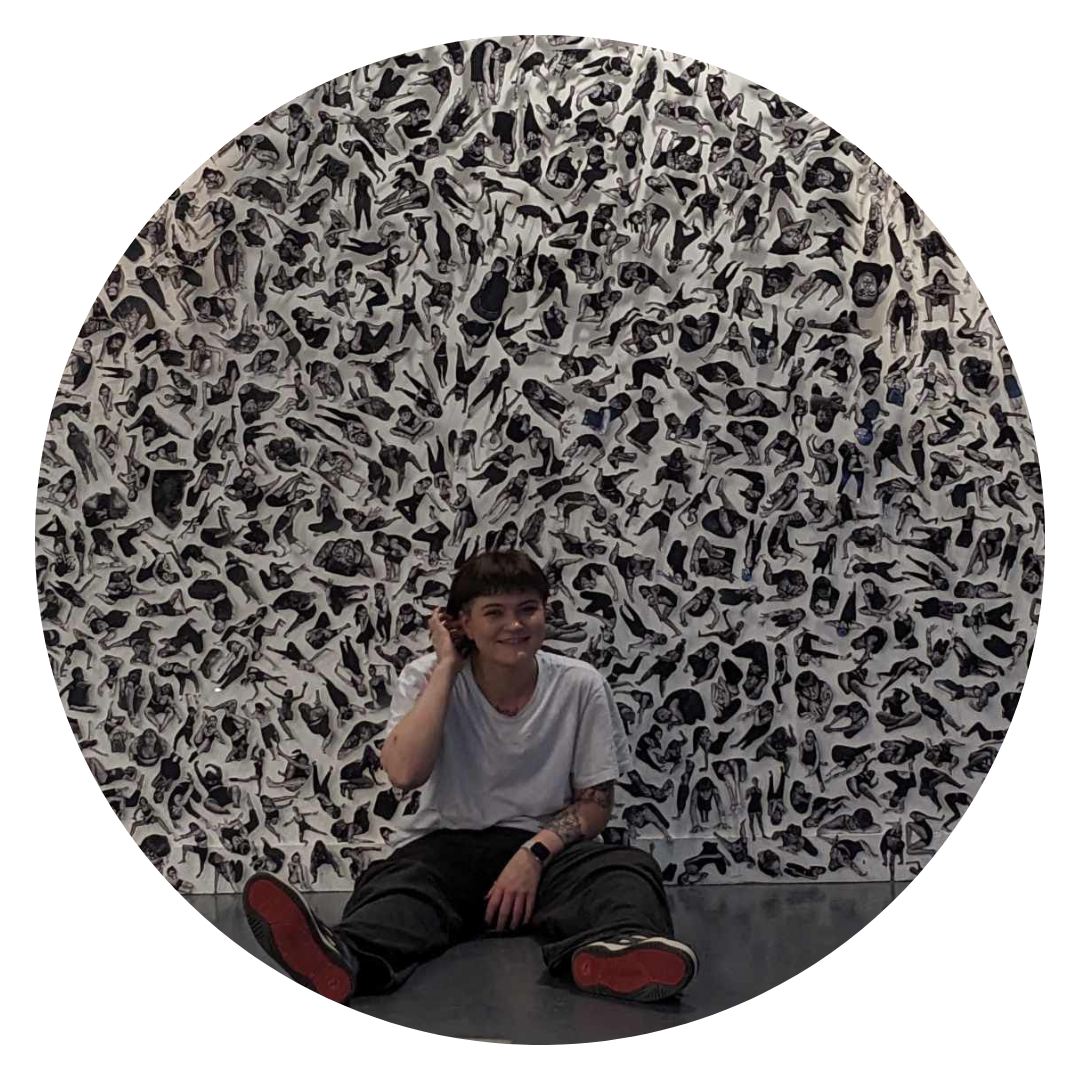
The best thing I learned at art school was that closing the gap between life and practice will give oxygen to your work.
The parts of our lives that make us run to our creativity for respite, the things to difficult to face, are best realised through our work. The margins we
work from and the unique perspectives we have make the best photographer’s eye, the best sculptor’s hands, the best painter’s brush.
One thing I wish I’d learned in art school is that it is best to navigate the art world with no expectations. Time spent lamenting over rejected job applications and open call submissions will distract you from the joy you found in making. It can feel, as artists, that art school casts us in cement and hands us to a chisel afterwards; that each rejection will chip away at us slowly. But really, we are the chisel. We chip away at the art world until we find a shape that fits us. Each opportunity missed puts us closer to a mind that shares our vision.
Lee Oakley is an artist and Adobe Student Brand Ambassador, currently studying for an MFA at York St John University.
=====
SIAN WILLIAMS
It takes a particular sort of person to want to go to art school in a small Cornish town and I became friends with a glorious gaggle of people I would never have known otherwise.
It was from them I learned the most: I learned about music, comedy, and film. I learned some people’s parents paid their rent. I had sprawling conversations late into the night that no-one remembered the next day. I learned culture isn’t created in a white cube or museum, and art can be found all over the place. Most of all I learned to be curious, ask questions, and to try and see the world through other people’s eyes. And that the best fun at house parties always happens in the kitchen.
Sian Williams is an artist working primarily in sculpture, performance, film and text, and received an MA Distinction from Sheffield Institute of Arts.
=====
KP CULVER
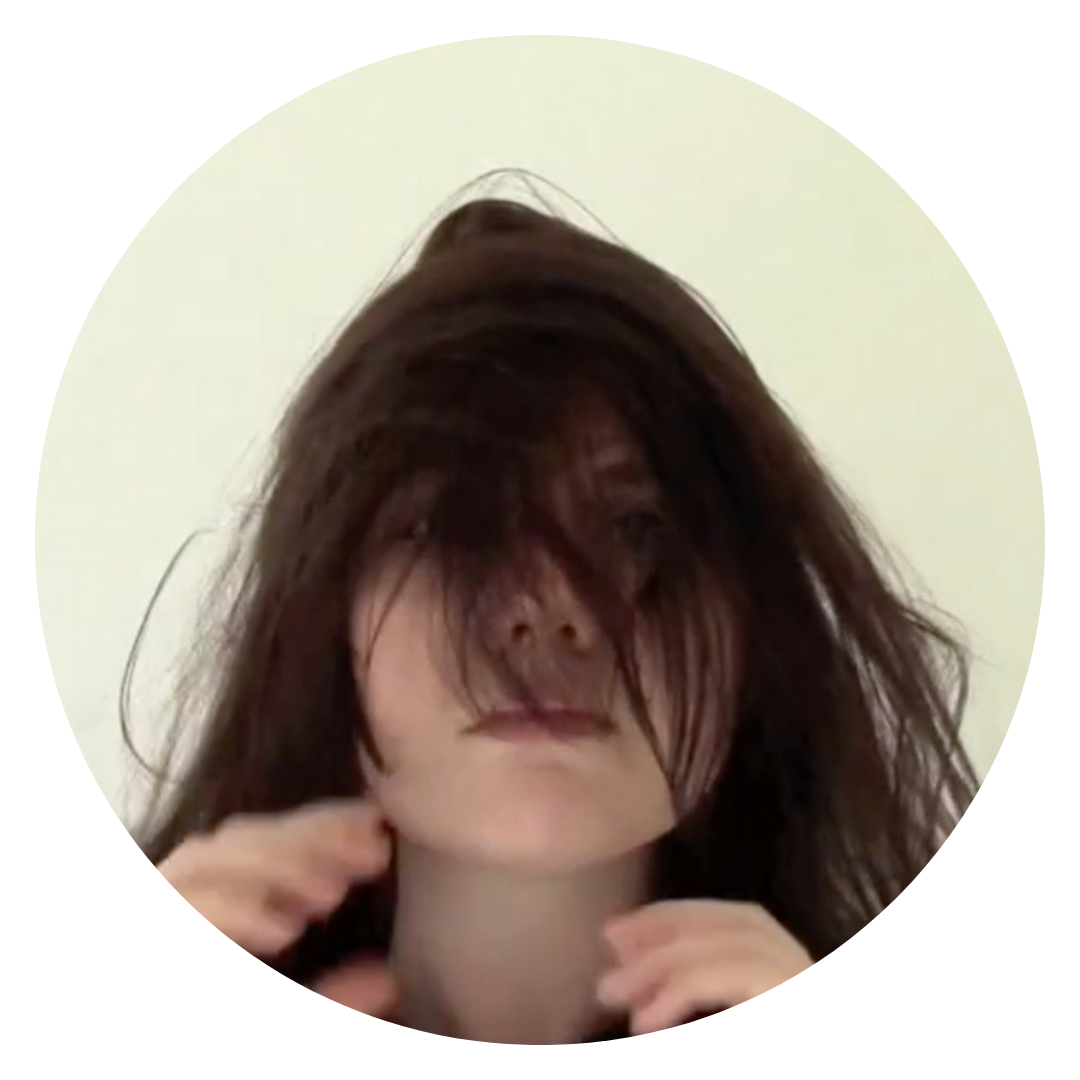
In 2015, I graduated with a BA, which came with the weight of being the first in my family to continue education after school.
It seemed a strange, misguided decision to them, what could I possibly get from an art degree? Why would I not study a subject that could guarantee a job at the end?
I maintained average grades in school, higher in the two creative subjects I was allowed to take, with no idea how they could materialise into anything outside of education. I decided not to choose art in school, instead opting for music and theatre due to a natural love for performing followed by a detour into photography at college where my tutor suggested I should take an art degree due to the work I was making. It was simultaneously daunting and exciting, I had a specific predescribed idea of art that I did not fit into yet was reassured it would be the best course for me.
I remember very clearly, one of my first days at university sitting in a lecture given by the tutors as an introduction. One the screen was a photograph of the artist, Harold Offeh from the Cover series, re- enacting a grace jones album. It was a validating moment, I knew I was in the right place and suddenly the weird performances I had made to camera and from when I was younger seemed to align. That did not necessarily make the degree easy, I would become frustrated because I had no confidence in my writing or understanding of academic language yet I wanted to know more, particularly on performance art.
It was a slow, often confusing three years where I was relearning, in an attempt to challenge my own ideas around art. I pushed to expand my general knowledge of artists, I was fed up and embarrassed of feeling inadequate in conversations. Particularly when students working in what may be called classic disciplines had something to say, of course I would not and never will know every artist. Instead the advice I was given was to focus on the areas I gravitated to, research, visit galleries and attend workshops which would in turn build my confidence and critical thinking.
Now It seems common for students to be encouraged to engage with performance art at university, yet there is still a lack of teaching on the subject in school and even college. The experience allowed me to continue to be curious and creative in a world that excludes many of us from ever exploring that side of ourselves. I found people who had the same questions and values which made the journey to being an artist easier. I have taken on a masters at the royal college to continue developing my practice, which has taken nine years of supporting myself through other work before attempting the next stage of my own education.
I want to note that unfortunately education is problematic and not right for everyone, however I do hold hope more of us are able to experience learning creative subjects whether that is through traditional paths or not.
KP Culver is an artist currently undertaking an MA in Contemporary Art Practice at the Royal College of Art.
=====
RICHARD JAMES HALL
“Art school”, in my mind during the mid-2000s, was a far off place that hosted the cream of the crop and kept folk like myself at a distance, which to some extent is very much present in today’s landscape, where the costs of going is extortionate enough without having to think about costs of living, travel and materials…
There are many paths to being an artist besides going to a famous “art school”.
Richard James Hall is a performance artist from Newcastle Upon Tyne, who also works with a variety of disciplines and media, including installation, textiles and written text.
=====
ADAM CHARLTON
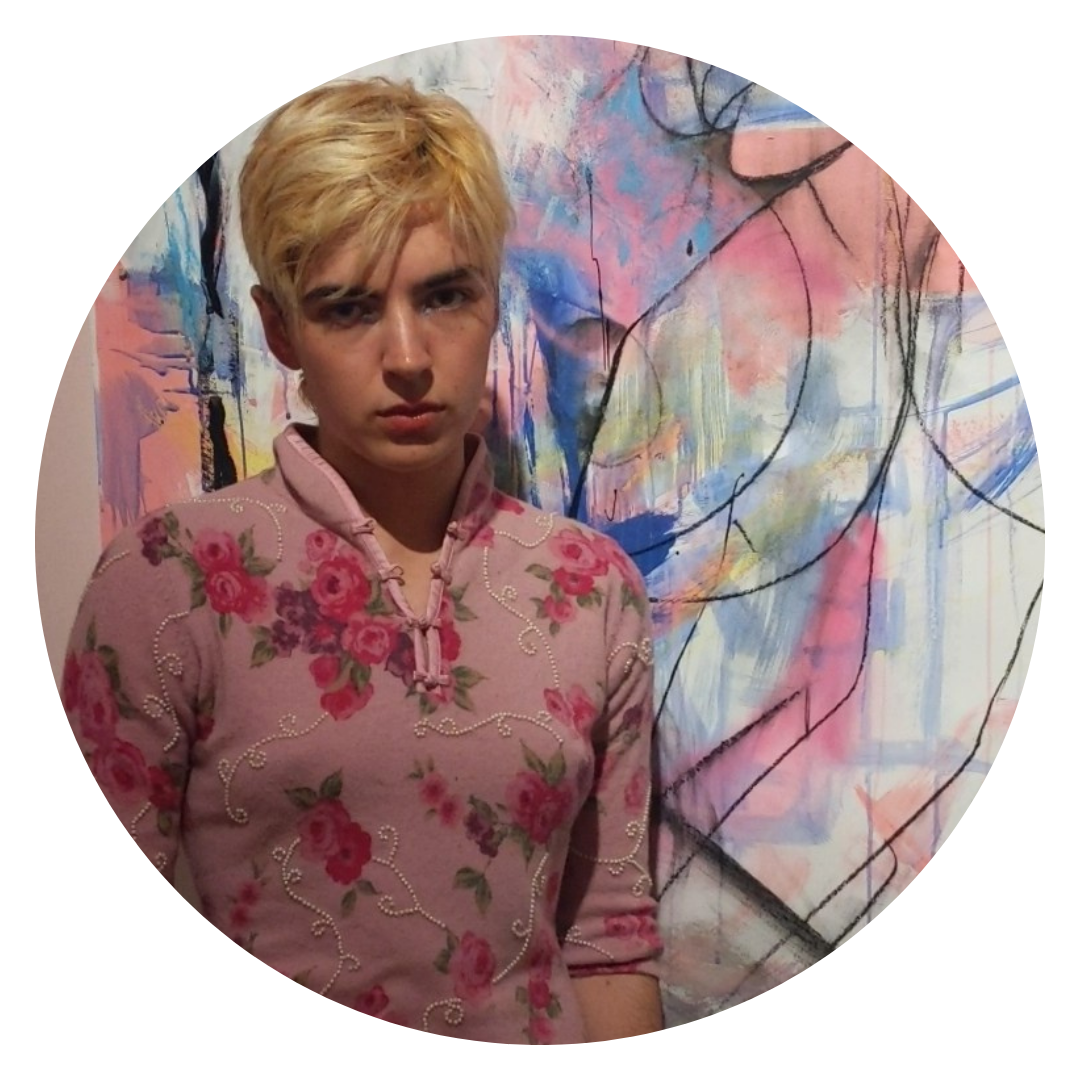
I wish art school had taught me more than technical skills—something deeper than the stale crumb of emotion I was left with.
I wish it had taught me how to navigate the art world, how to find my niche,how to build a career that felt sustainable. Instead, I was left confused as if I was supposed to figure it out on my own. Maybe that’s the truth: there are too many ways to be an artist. Maybe it’s just a matter of staying committed. But I wish someone had taught me that, so I didn’t have to doubt myself so much.
Is it really true that the people who “made it” don’t have the answers? Is it really true that the art world is always changing? Why was I met with averted gazes and evasive answers when I asked about my future? No one ever told me the course wasn’t designed to prepare me for a career as an artist, but only to teach me how to be an artist in the present moment — while I was still a student.
Sure, I learned woodworking, life drawing, and the fine art of “mark-making.” But the larger question loomed: what was the point? Why did I grow up believing that university was supposed to prepare me for a career when, in reality, it didn’t? Despite receiving high marks, winning awards, and creating work that pushed my boundaries, I still left university feeling just as lost and uninformed as when I started at eighteen.
Art school gave me the skills, but not the map. Maybe the truth is that no one can teach you how to be an artist—they can only teach you how to make art. But even then, it would have helped if someone had warned me: the hardest part isn’t creating the work. The hardest part is finding your way once the structure of art school falls away.
Adam Charlton is an artist specialising in drawing and painting, a current member of the Turps Correspondence Course 24/25 and a graduate from UWTSD Swansea College of Art.
=====
SHELLEY THEODORE
The best thing I learnt at art school was that some of the best lessons come from failure and in the end art school doesn’t matter so much.
Shelley Theodore is an artist who works across mediums in photography, film, and collage.
=====
ZOÉ GREEN
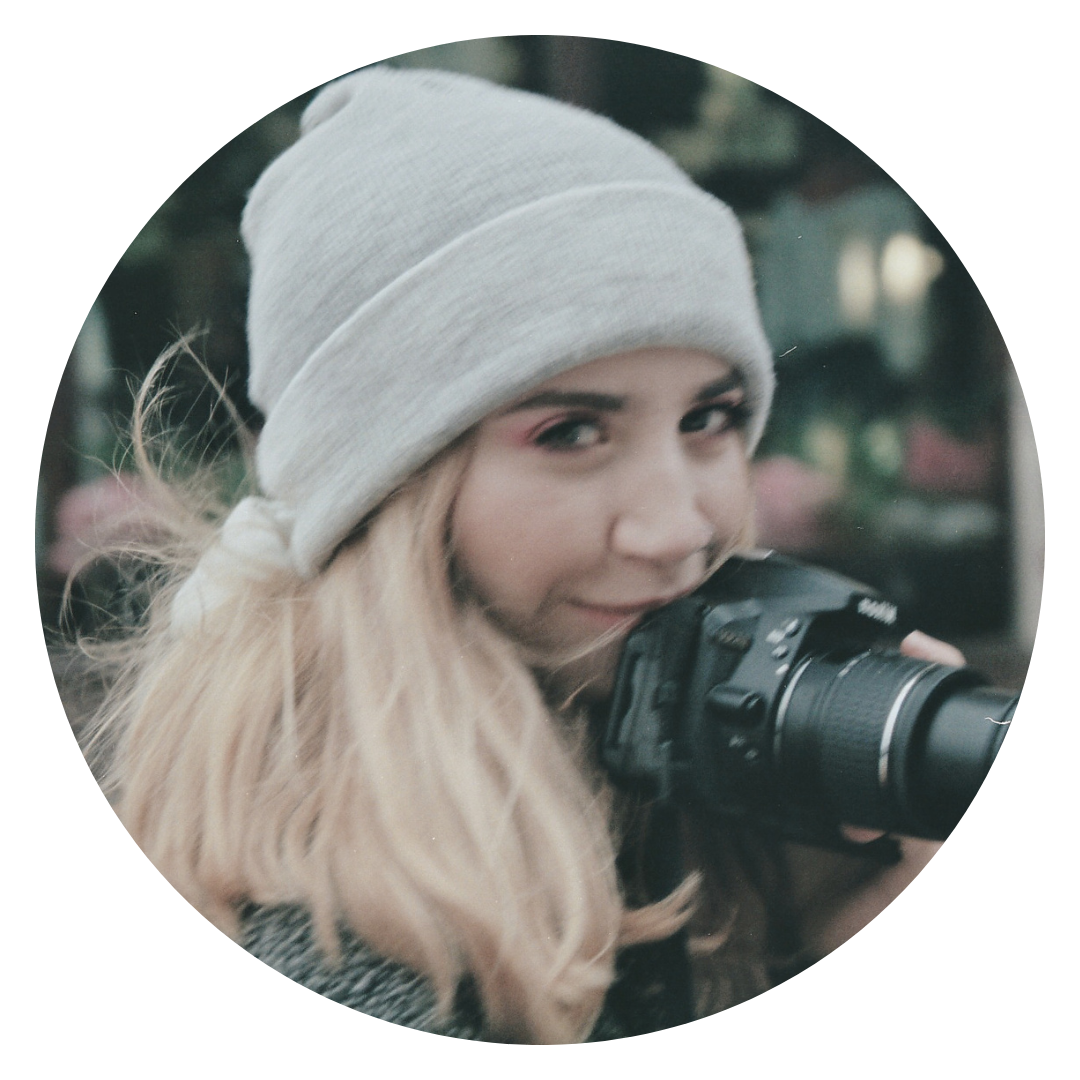
Over the last two years, I have been thinking about what education would look like without hierarchy, and what it feels like when the main motivation is the joy of learning.
Until I joined School of the Damned (SOTD), I hadn’t considered how learning might function outside of traditional institutions. SOTD, an alternative and self-organised art school, rejects the conventional rules and commodification of education. It was originally established by a group of artists who were disillusioned with traditional arts education and its exorbitant fees. People from poor backgrounds were, and are still unable to access arts education because of its unaffordability and elitism. My participation in SOTD has opened up my world beyond artmaking, and introduced me to the socio- political potential of alternative arts education.
Throughout my time at SOTD, I have learnt that there is great value in functioning with a non-hierarchical learning structure where everybody moves between facilitator and participator. We can exchange ideas and skills without having to search outside of what we already have, and if we want more, there is the freedom to look outwards. An important element to note about this mode of functioning is that it acknowledges all members as holding valuable knowledge and skills; they are equals in the learning system. By removing hierarchy in education, we move towards a more personal and tailored learning style led by curiosity and play. Play is often overlooked as a serious learning tool, and dismissed as childish.
Engaging in play as an adult can be challenging because it means letting go of what you already know and understand about the world. Additionally, it isn’t necessarily an experience you can always access in a traditional art school setting as you are constrained by rules, mark schemes and your tutor’s perceptions. SOTD’s lack of both hierarchy and predetermined structure allows more space for imagination, and therefore, play. The participants/facilitators decide what they want to learn and how to approach the learning, whether that is through workshops, open discussions or exchanging resources.
While I have gained a lot from this experience, I wish I had learnt how to develop a cohesive practice. Being in this environment uses a lot of energy on admin, meaning there’s not always capacity to get to artmaking. There are also still problems with gaining certain resources when you have limited or no money, though having the SOTD name on my side did help me to access a lot more than I would have alone, like exhibition spaces and opportunities to meet other creatives.
I want to highlight that participating in alternative and self-organised education is not easy, but that’s what makes it interesting and uniquely valuable. If you are somebody who wants to go to art school but can’t afford it or do not want to be part of a traditional education system, I’d recommend gathering with your friends or people in your local community to see if you can set up your own DIY art school. An openness to non- hierarchical collective thought and knowledge is powerful, and we do not have to accept the traditional educational institution as the only way to develop intellectually.
Zoé Green is a self-taught interdisciplinary artist and writer from Birmingham who works across oil and gouache painting, illustration, photography, film and sculpture. She is also a member of alternative art school, School of the Damned.
=====
JACKI CLARKE

Art school wasn’t what I expected.
I arrived with hopes of fitting in, finding my tribe, and being part of some cool, artistic circle, but instead, I found myself in an awkward dance of trying to belong. Everyone seemed to move effortlessly in their own orbit—confident, untouchable, and creative in ways I didn’t quite understand. I felt like a visitor, homesick and out of place, trying to slip into their world but always catching my foot on the threshold. Conversations felt like performances, and the pressure to be cool or noticed made me feel like an imposter. Small talk was out of my range. Should I mention Dali? Pretend to know about Bauhaus?
So, I withdrew into what I could control—my art. I threw myself into it, losing hours in my work and sketches, letting the outside world blur. The studios were sanctuaries. And, luckily, I had tutors who seemed to understand. They gave me the space to learn and encouraged me without hovering, helping me grow while I navigated my isolation. They were the safety net I didn’t know I needed.
The problem? Art history. It felt like a cryptic language I couldn’t crack. I didn’t see the relevance at the time, so I zoned out, thinking I’d never need to know why some guy painted soup cans or why cubism wasn’t just about square things. I missed out on that. Ironically, now I get it. Now I appreciate how those movements mattered, how they pushed art forward, how they push me forward. But back then? Total blank.
What I really missed, though, was learning how to survive as an artist. Yes, we learned how to create, to experiment, to express ourselves. But no one taught us how to market our work, how to apply for exhibitions, or even how to balance being an artist with real-life stuff like paying bills. A seminar or two on surviving the art world would’ve been a lifeline. Instead, I graduated, degree in hand, with the sudden realisation that I had no idea how to navigate that big, wild art world.
But looking back, I see the bigger picture. Art isn’t just about the canvas or the gallery. It’s about connecting. It's about how we communicate through colors, shapes, and images, and how those things help us process our own thoughts and emotions. I didn't realise it then, but art could be a lifeline for mental health—not just for me but for everyone. It heals, it expresses what words can't, and it helps us make sense of chaos. And maybe, just maybe, that's the most important lesson we could have learned at art school.
Jacki Clarke is an artist who often works with VR.
=====
NANCY VIOLET DOWNS
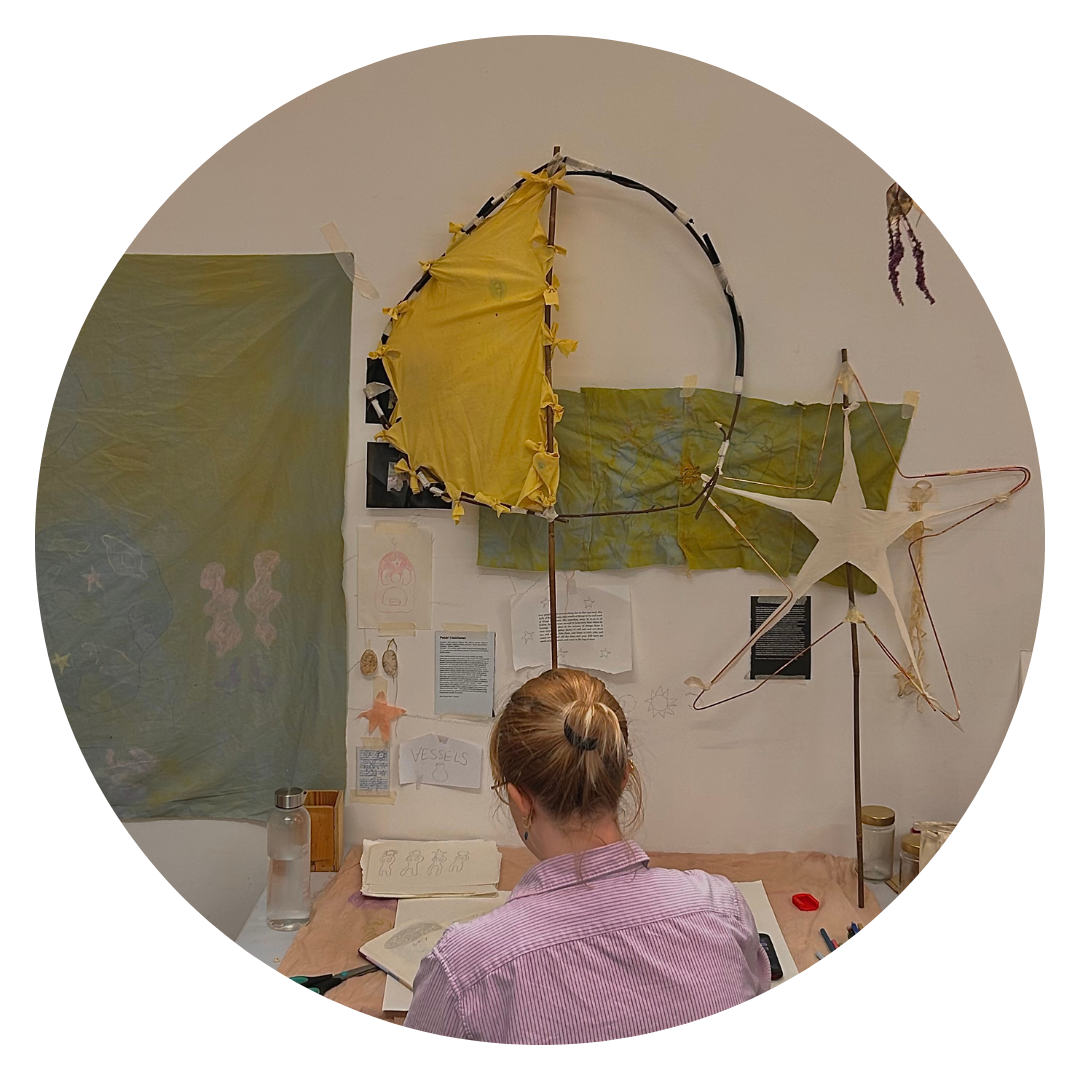
“How does this work again?” I wonder as my pencil flirts with the blank page of my sketchbook for the fifth time this week, scrawling out a half-eaten idea from a few months back, before I swerved past it and nose-dove straight into my final major project.
The sketchbook is a humble vessel, holding all those half-eaten ideas - you’ve got to spit them in there or they might fly away. The value of the sketchbook could quite easily be the best thing I learned at art school, but I’ll tell you a secret thing that was even better.
Now I’d like to talk about how during my time at art school I’d have to drag myself away from the studio, heading home in the dark hours, weary from a productive day, but that wasn’t always the case. Many days I felt stagnant, like I’d only reached the tip of my creative iceberg and no matter how much I chiselled I couldn’t get beneath the surface. I felt like the only reason I’d gone to the studio was to see my friends and admire their creations, which was worth it, nonetheless. But these days were the days I questioned my artist-ness, thought about throwing in the towel, or the unstretched canvas. But now I realise I was just as much an artist those days, if not more. A wise woman once told me the soil you feel most stuck in is your fertile ground.
The best thing about art school was the way it allowed me to find my own rhythm, my own seasons. My research and practice began to culminate around these themes in my final year, and it helped me learn that as an artist, sometimes you just need a sponge season. This is when you soak things up, observe, sow your seeds. And trust that they will grow. And to nourish them, I found that going to the studio even when I couldn’t grasp my artist-ness, just to soak it up was enough. Because surrounding yourself in a creative community is the light and water that helps the seeds grow. This is the secret best thing I learnt at art school. And I will do everything keep my light and watering can around me, as we all step into this new way of being artists after art school.
Nancy Violet Downs is an interdisciplinary artist whose work spans textile, sculpture, drawing, performance and video.
=====
HOLLY ROWAN HESSON
Art school blew my mind…
Being given a series of briefs where the response can be whatever you want it be (if you can justify it well enough) was mind-bending given my background. I wish I had been taught to develop more varied technical skills…but I’m finding different ways to do that now. It was the total mind shift that art school gave me that I really value.
Holly Rowan Hesson is an artist working in sculpture, installation and photography, and received an MA in Contemporary Fine Art with Distinction from University of Salford.
=====
LIYANA AZMI
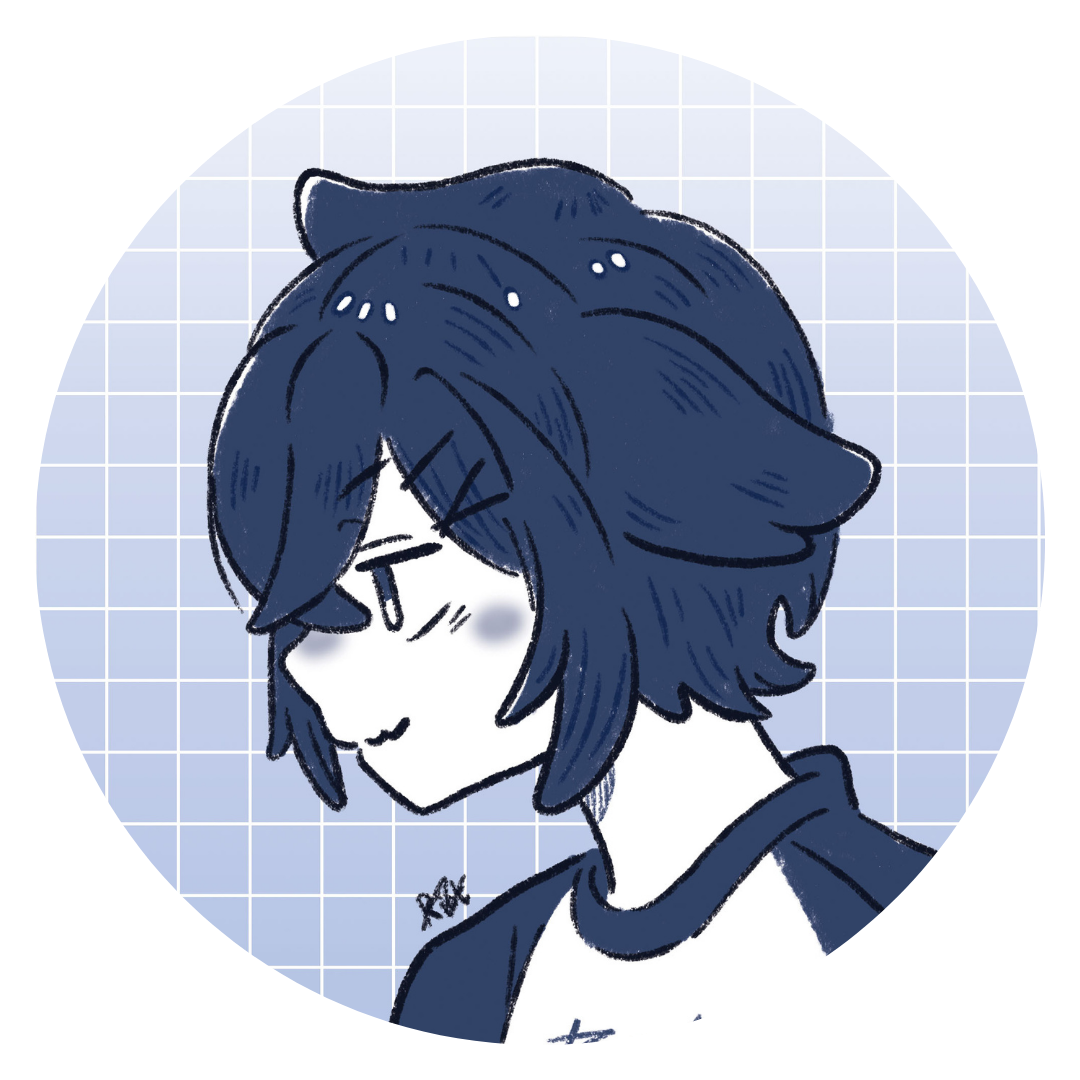
My university had a heavy focus on how to come up with ideas and how to dissect project briefs one would encounter in industry.
While I believe deadlines can foster creativity- as they say diamonds are made under pressure- in the wrong mindset, it absolutely destroyed my capability to think. One of my first assignments was simply mark-making with many media types. As we were studying online during the pandemic, we were required to buy these materials and conduct experiments on our own. I wish I had been given more direction, especially at the start of the course, as it was my first time using many of these media types. A simple demonstration or even sharing some work of artists who excel in ink or charcoal for example, would have been useful.
Once I could work in the studio, I had many inductions in the 2D and 3D workshops. However, like my newly purchased materials, I used them once or twice and seldom went back. It may seem obvious, but I wish I was taught to make time to experiment in the workshops, instead of completing numerous briefs as quickly as possible. Art is very personal and the more I create, the more I feel like I am carving my own identity. I would have liked the course to help me get to know me better and develop how I work best, rather than steer me into the industry pipeline with bare minimum practical skills. Even with all these industry-simulated ‘projects’ under my belt, my portfolio is a mess with no real direction.
After months of struggling with mark-making, the best thing I learnt at art school was how to download different digital brushes. Not only was it easy on my wallet, but there was also minimal frustration when something didn’t work the way I wanted. I was able to work faster to meet deadlines without sacrificing too much experimentation with different textures. Now that I have more time and newfound freedom post-graduation, I am finding enjoyment revisiting traditional media.
The best part of university was meeting all my fellow artists and working in a studio space together. Occasionally we would have guest speakers as well. I loved hearing what kind of journey everyone took to find their preferred way of working and clients. Even though I wish I connected more with students from other courses, I have a feeling I would have built a seemingly vast network of shallow connections where we would forget each other after a year or so. And thus, I do not regret the time I spent at art school, but would I recommend it? Not necessarily.
Liyana Azmi is an illustrator based in the UK.
=====
AMBER MARSH
Having recently graduated from art school, I feel one of the best things I learned was the importance of having a community, particularly one made up of people from diverse backgrounds and walks of life…
The exchange of ideas, the shared learning, and the collaborative projects have all contributed to my growth as an artist and recently allowed me to confidently host an online summer school for new students who are now coming to art school themselves.
Amber Marsh is an artist exploring connection, wellbeing and psychogeography.
=====
LIZ SERGEANT
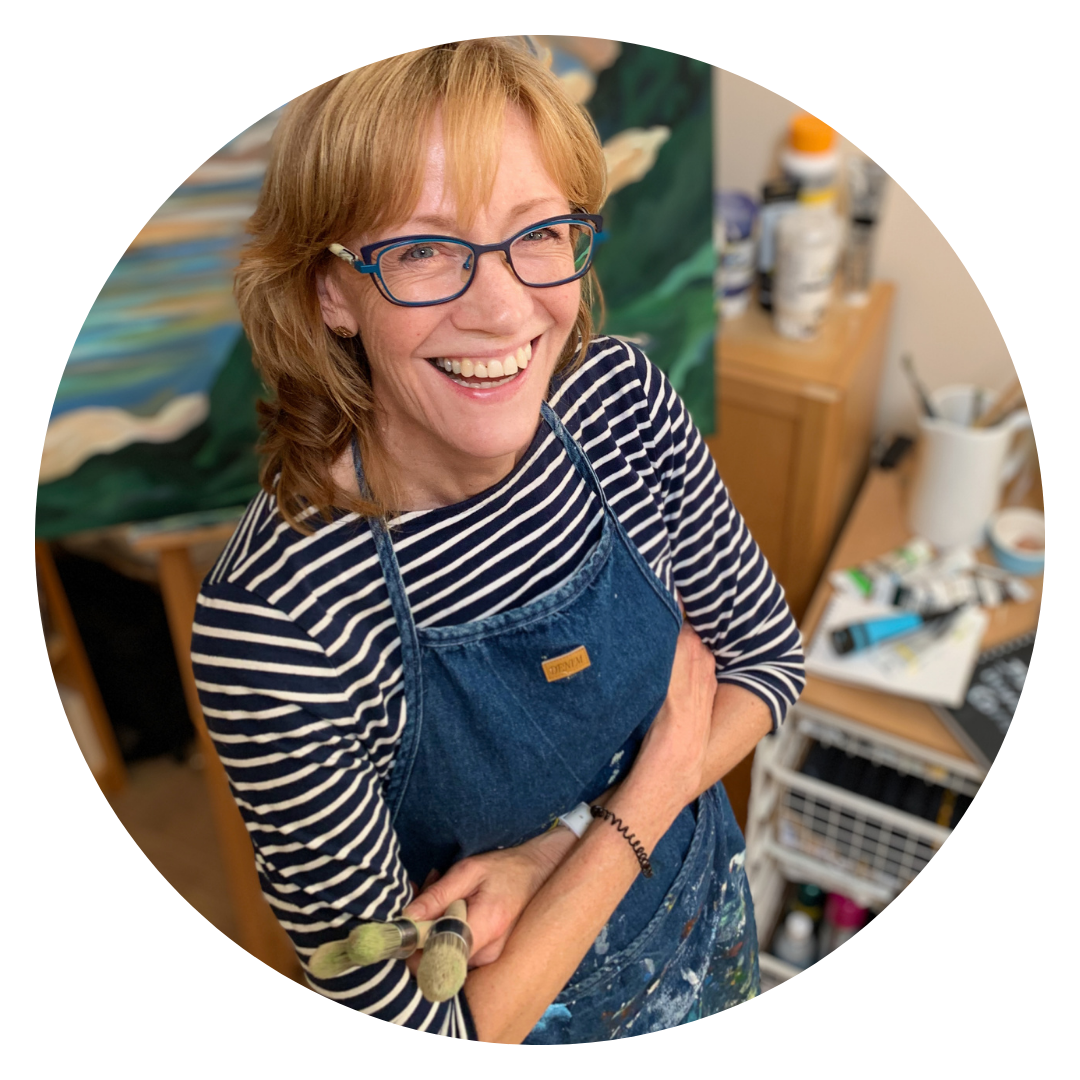
Being accepted at Art School at forty-five, after a management career in the City, Art School gleamed like the Holy Grail.
Finally, a chance to unearth the real me, to break free from the corporate catacombs and re-ignite my creativity. To begin my journey towards critical acclaim…
Really, though?
As a mum with a young family, I studied part-time. I had five years to relish all that Art school offered me.
Lectures, tutorials and workshops were a-plenty – I tasted printing, painting and performance art. I chose to work across the disciplines, led by the concept, delighting in the opportunity to develop another new skill. Learning how to pull an all-nighter and produce a coherent essay was another.
Like fine wine, over time my practice matured.
But the best thing about Art School was my fellow part-timers from the class of 2012. Our cohort of wonderful women; co-operative, collaborative and sooo creative. Over countless coffees, we supported and shared; we planned exhibitions on the side; we learned how to work as a collective. We figured out how to make the best of our art school opportunity for ourselves and each other. Seventeen years since first meeting, we are still working together, seeking out experimental projects, pushing each other outside our comfort zones. My fellow students are and continue to be the best thing about Art School.
Liz Sergeant is an artist based in London and received her BA Hons in Fine Art from Central St Martins.
-----
What was your experience of art school? What do you wish you'd learned? Join the conversation in our Axis Community, and on Instagram!
Tags, Topics, Artforms, Themes and Contexts, Formats
Share this article
Helping Artists Keep Going
Axis is an artist-led charity supporting contemporary visual artists with resources, connection, and visibility.


